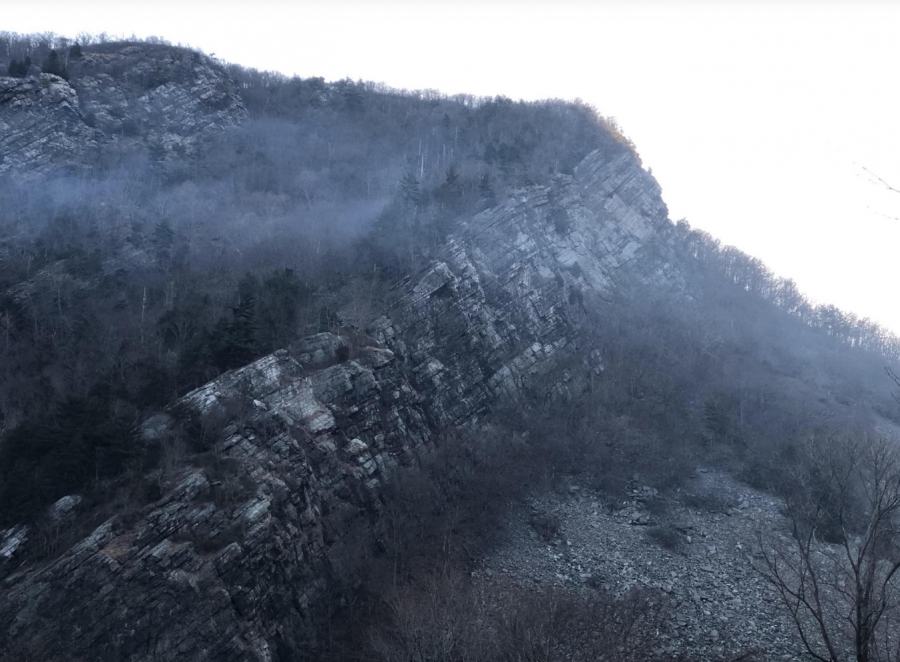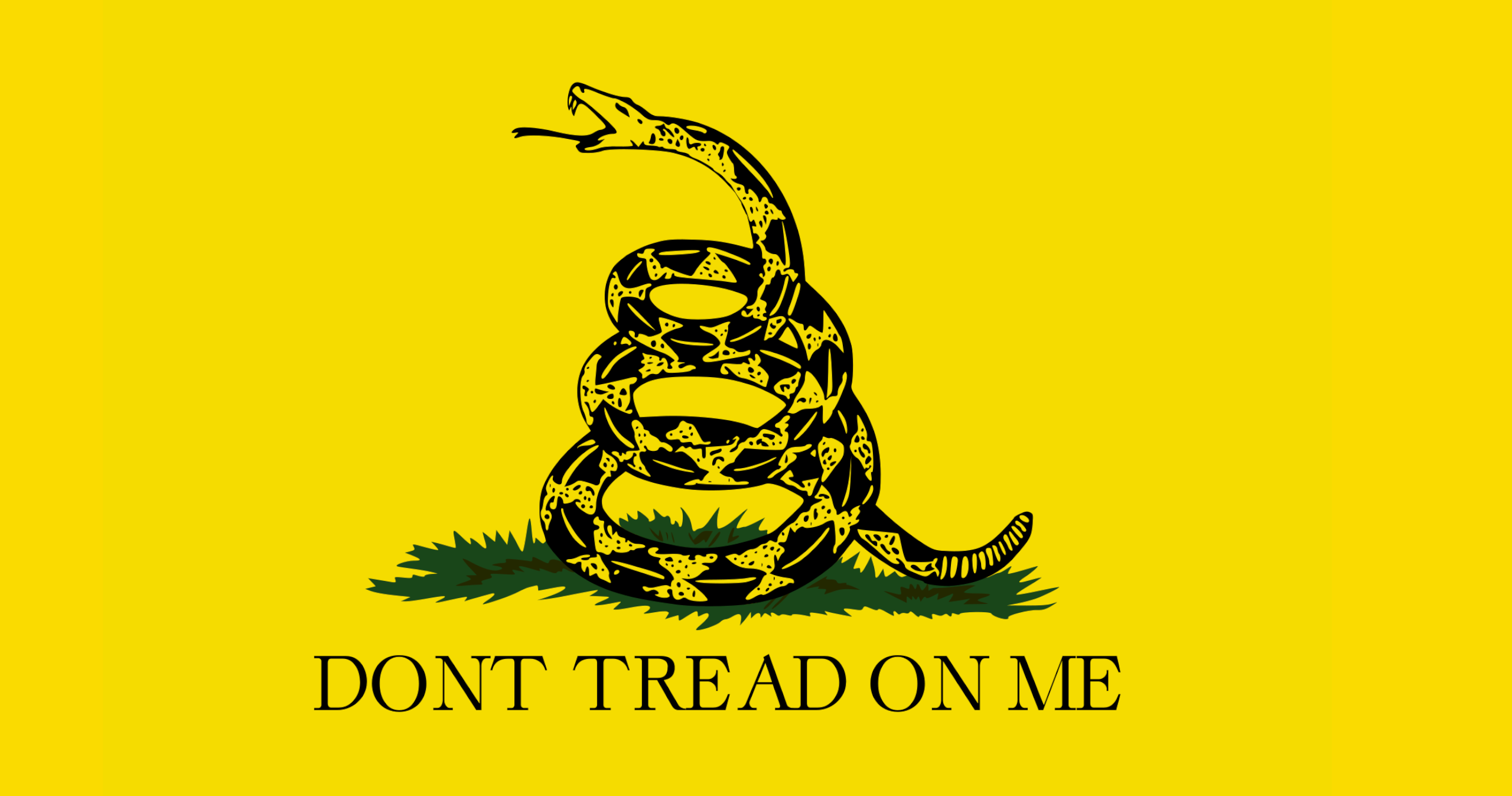Dry fields likely fueled the spread of the 2016 fires, which burned from April and into May, despite rainfall.
While December was one of the Poconos’ wettest in history, with just over 9.4 inches of precipitation, 2020 has been off to a dry start.
In the Poconos, a mild winter is a mixed— and sometimes dangerous — bag.
January and February have so far received only half of the Pocono’s average precipitation for this time of year, and while a mild winter in the Poconos doesn’t always mean a bad one, this dry period could spell some concerns going into spring.
While the ground has reaped the benefits of deeper moisture due to the wet December, drier surface area thanks to our recent dry spell can leave the Poconos prone to brush fires if we aren’t careful.
According to Pocono weather expert and meteorologist Ben Gelber, less moisture at the surface makes for prime kindling. Typically, all that’s needed is a well-positioned lightning strike to ignite a forest. As we head into an “early” spring, warmer temperatures may contribute to a fire’s spread.
But Gelber says don’t count out human carelessness — brush fires that aren’t sparked by lightning can almost always be attributed to human activity. Something as small as a spark from a wheel or barbecue can cause major damage. Then there’s also the potential of individuals sparking a fire — on purpose.
As the weather gets warmer in March and April, more people are likely to get out and enjoy what the Poconos has to offer, and with that comes the potential for accidental sparks. Gelber noted that areas in the Poconos could be prone to brush fire this spring should the dry spell continue.
A wise bear once said: “Only you can prevent forest fires.”
Source:
— The Pocono Record




















